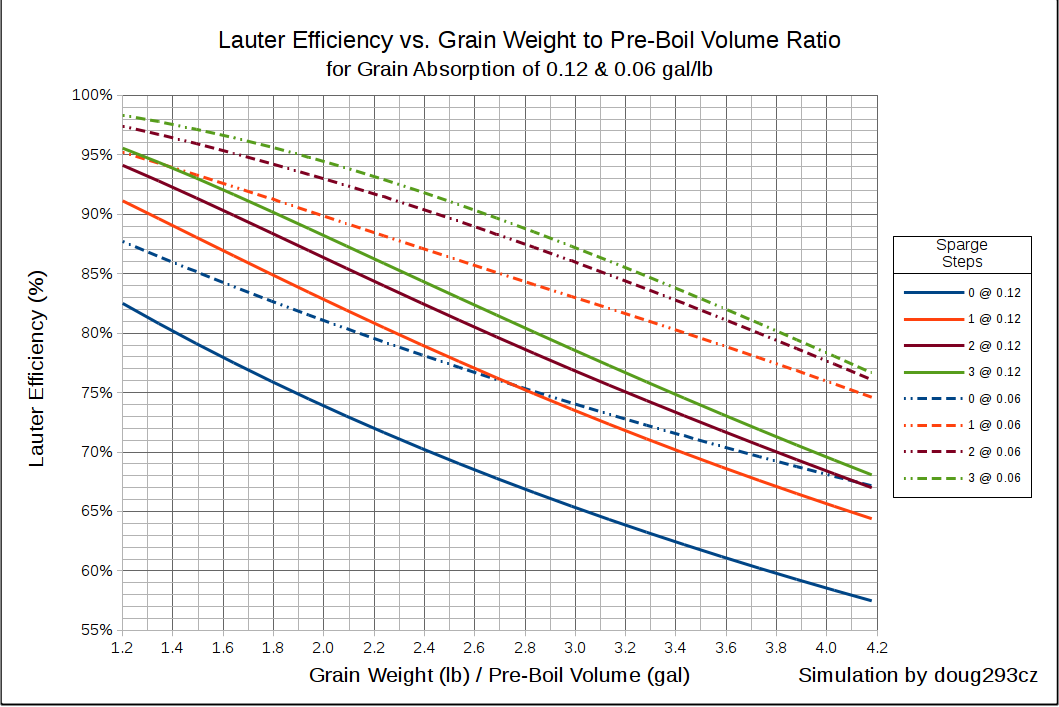ehk089
Well-Known Member
- Joined
- Jan 8, 2018
- Messages
- 202
- Reaction score
- 168
I use a wilser bag for my mash tun on my 3 keggle eherms system, and wanted to try a quick 5 gal no sparge before the regularly scheduled 10 gal batch this week. I ended up with 1.042 og instead of 1.053... I crush to medium gap (.50 I think). Does anyone have tips for increasing efficiency for a quick easy brew like this, or should I just not be lazy and batch sparge after regular volume mash?




